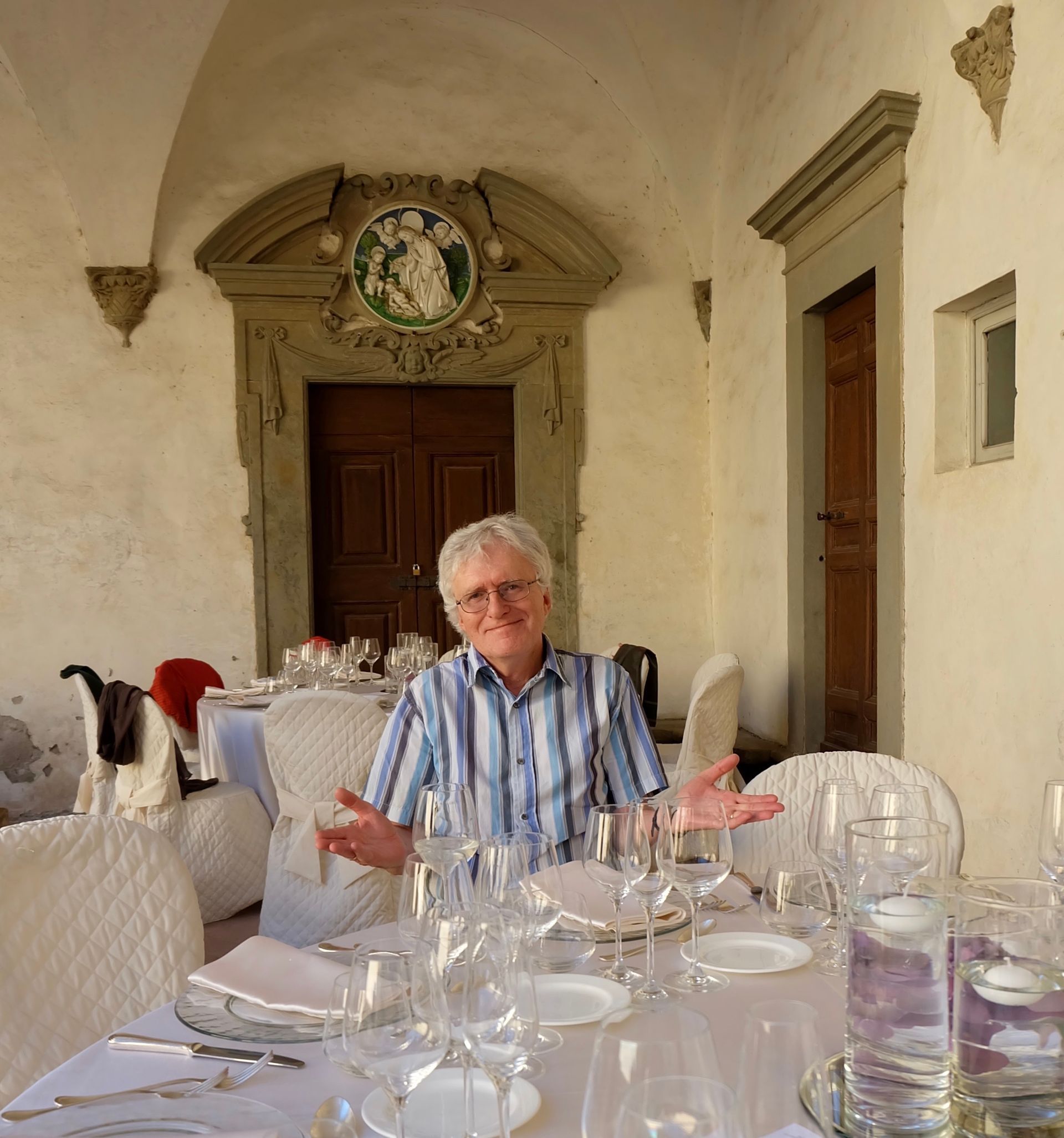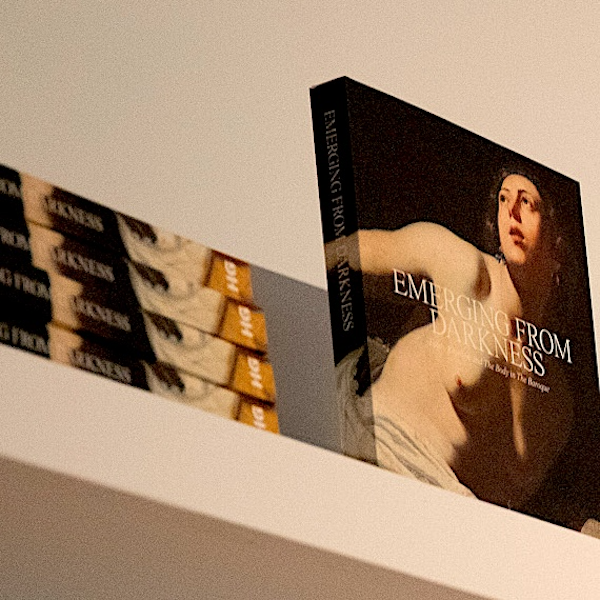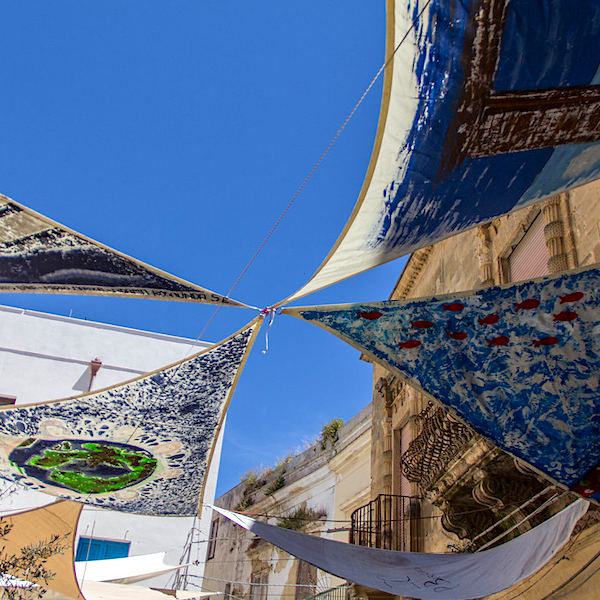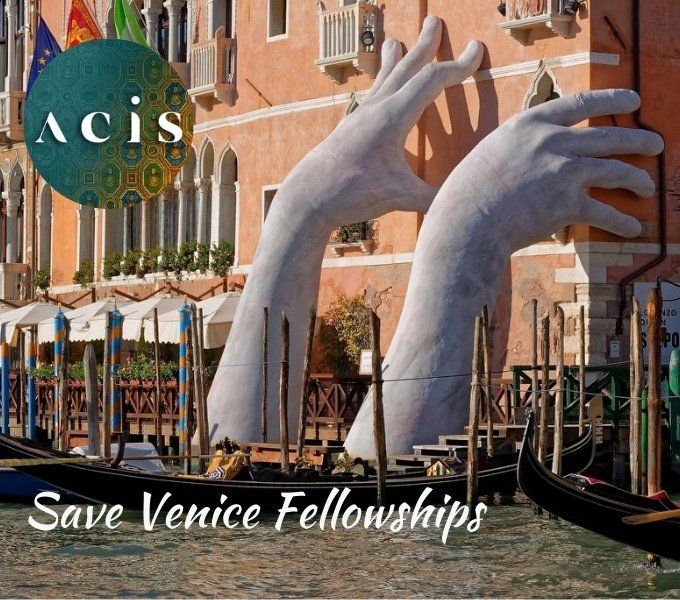Mothers and daughters in four novels
Aureliana Di Rollo WAAPA/Monash University
 At this time a year ago I was about to submit my Ph.D. thesis with the title ‘Literary representations of mothers and daughters in contemporary Italian women writers’. It was a relief. Not only had I completed my degree but I would finally be able to read and talk about something else. But it didn’t happen that way. Yes, I have been awarded my degree, but when I speak at seminars, I am still the extravagant lady who digs out and deals with matricidal daughters, eccentric and dysfunctional mothers and tries to write a reasonable paper variously combining these ingredients. In my thesis I engaged with the tradition of writing about the mother in the works of Italian women writers. Within that tradition, I decided to investigate the literary representation of the mother-daughter relationship, a recurring trope in women’s narratives during the 1980s as illustrated by the novels of Francesca Sanvitale, Fabrizia Ramondino and others.
At this time a year ago I was about to submit my Ph.D. thesis with the title ‘Literary representations of mothers and daughters in contemporary Italian women writers’. It was a relief. Not only had I completed my degree but I would finally be able to read and talk about something else. But it didn’t happen that way. Yes, I have been awarded my degree, but when I speak at seminars, I am still the extravagant lady who digs out and deals with matricidal daughters, eccentric and dysfunctional mothers and tries to write a reasonable paper variously combining these ingredients. In my thesis I engaged with the tradition of writing about the mother in the works of Italian women writers. Within that tradition, I decided to investigate the literary representation of the mother-daughter relationship, a recurring trope in women’s narratives during the 1980s as illustrated by the novels of Francesca Sanvitale, Fabrizia Ramondino and others.
Since my interest focuses on motherhood and freedom of choice, I have paid special attention to how mothers are represented. Within the corpus of mother-daughter narratives I looked for novels that departed from the dominant pattern characterised by maternal passivity and by the predominance of daughters’ narrations and endowed the mother and the daughter with the same degree of agency. Through the selected novels I traced the emergence of the expression of maternal subjectivity and I demonstrated how some women writers have subverted the passive idealisation of the maternal figure by challenging the wide-spread representation of the mother as a silent object.
 Four novels allowed me to trace an evolution in the expression of the maternal voice, framed in a mother-daughter plot: Goliarda Sapienza’s L’Arte della Gioia
(1994 and 2008), Igiaba Scego’s Oltre Babilonia
(2008), Valeria Parrella’s Lo Spazio Bianco
(2008) and Michela Murgia’s Accabadora
(2009). All the novels have been published, or, in the case of L’Arte della Gioia
, reached public acclaim, almost simultaneously over the last few years. A unifying feature in the four novels (which, otherwise, differ profoundly from one another in style, commitment, social, cultural and generational background of the authors) is the representation of a disruption within the thematic continuity. While still placing a definite stress on the mother-daughter relationship, these texts present maternal models that challenge the male-dominated symbolic order, forge filial bonds outside of bloodlines and normative family paradigms, and widen the notion of motherhood to include tasks that do not necessarily hinge on child-rearing. Not only do they interrupt the established predominance of the filial speaking position, but each novel provides an original interpretation of the intricacies of the mother-daughter bond and suggests new modes of relational practices between women.
Four novels allowed me to trace an evolution in the expression of the maternal voice, framed in a mother-daughter plot: Goliarda Sapienza’s L’Arte della Gioia
(1994 and 2008), Igiaba Scego’s Oltre Babilonia
(2008), Valeria Parrella’s Lo Spazio Bianco
(2008) and Michela Murgia’s Accabadora
(2009). All the novels have been published, or, in the case of L’Arte della Gioia
, reached public acclaim, almost simultaneously over the last few years. A unifying feature in the four novels (which, otherwise, differ profoundly from one another in style, commitment, social, cultural and generational background of the authors) is the representation of a disruption within the thematic continuity. While still placing a definite stress on the mother-daughter relationship, these texts present maternal models that challenge the male-dominated symbolic order, forge filial bonds outside of bloodlines and normative family paradigms, and widen the notion of motherhood to include tasks that do not necessarily hinge on child-rearing. Not only do they interrupt the established predominance of the filial speaking position, but each novel provides an original interpretation of the intricacies of the mother-daughter bond and suggests new modes of relational practices between women.
Another aspect that attracted my attention is that in these novels the roles of mother and daughter appear interconnected as two sides of the same coin. Neither is able completely to overshadow the other, so that they create an unprecedented equilibrium. Through the protagonists of L’Arte della Gioia , Oltre Babilonia , Lo Spazio Bianco and Accabadora , I explore the extent to which motherhood affects women’s identities and the extent to which a woman’s identity is shaped by her previous relationship to a mother. Drawing from ancient Greek myth, psychoanalysis, feminist thought and literary theory I analyse how the experience of motherhood, disentangled from its bodily functions, becomes a relational practice, where the maternal perspective gradually emerges as dominant, although never completely severed from the daughter’s. In regard to the theorists that I drew from, I found particularly helpful the work of Jessica Benjamin, Luce Irigaray, Luisa Muraro and Amber Jacobs.
The truth is that I have retained the interest in women’s voices, lives, dilemmas and in the way they represent themselves which sent me down my thesis path. While my research on mothers and daughter has finally come to an end, my curiosity in those issues is pushing me in search of another path to explore them from.








